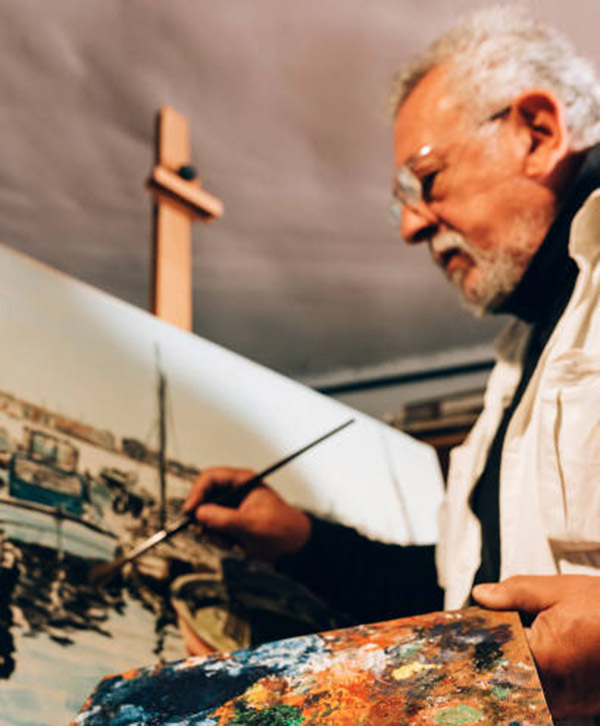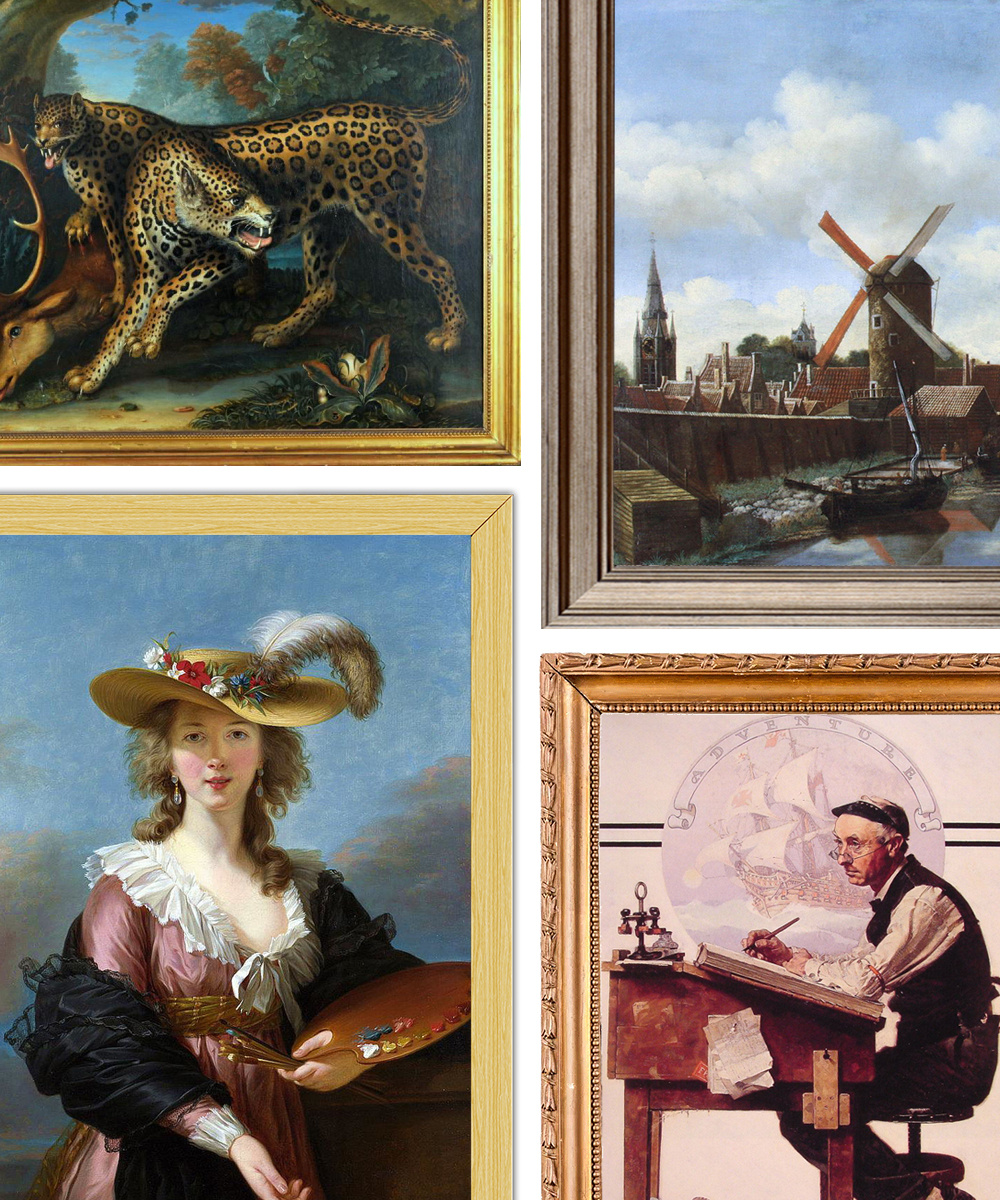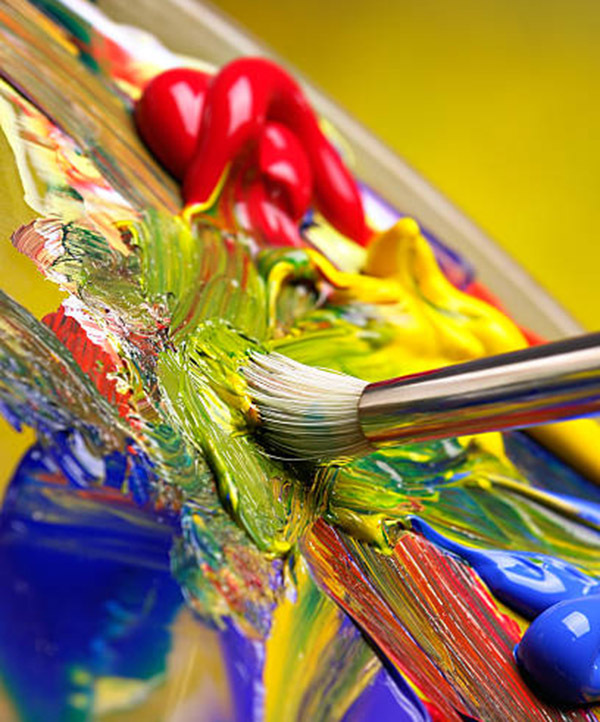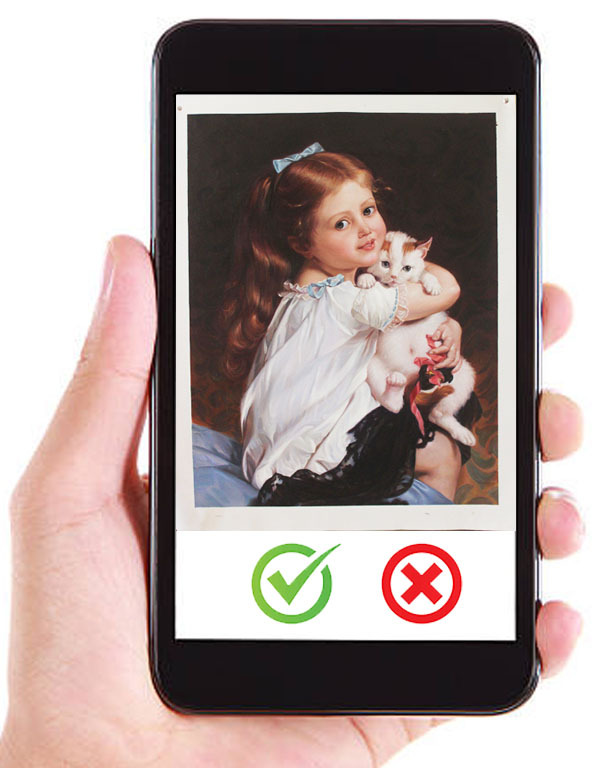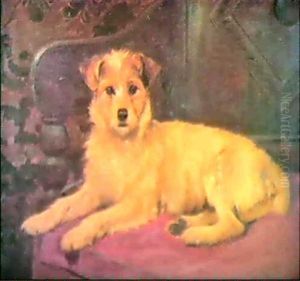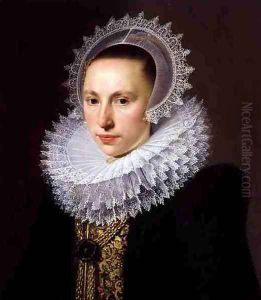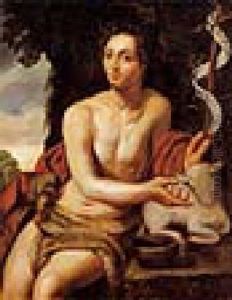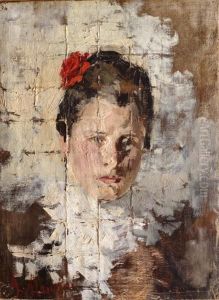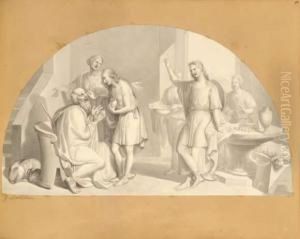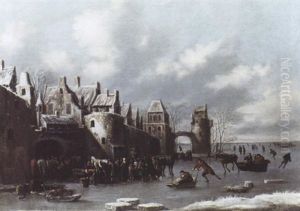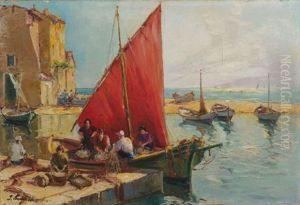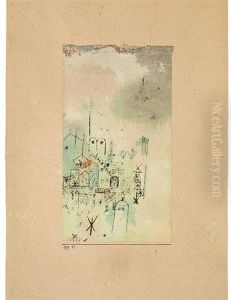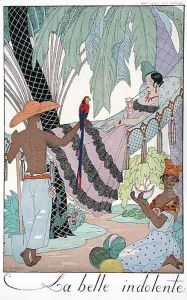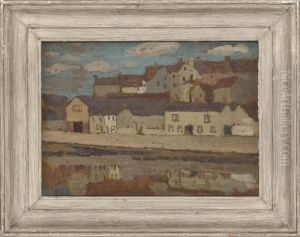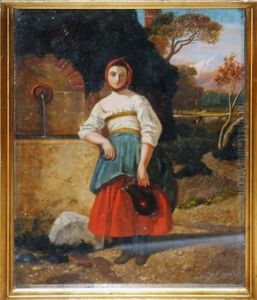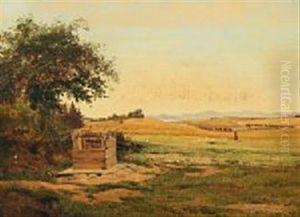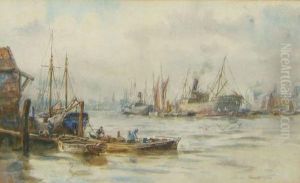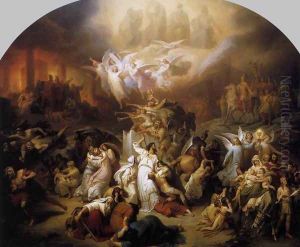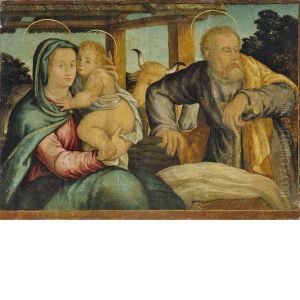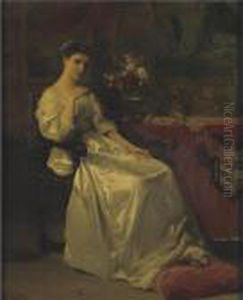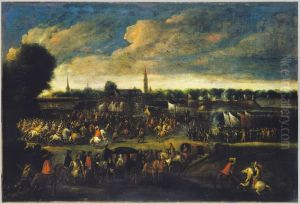





The Joyous Entry of Cardinal-Infante Ferdinand of Austria in Antwerp on 15 April 1635
-
About Reproduction
Discover the allure of art with our faithful reproduction of "The Joyous Entry of Cardinal-Infante Ferdinand of Austria in Antwerp on 15 April 1635", originally brought to life by the talented Cornelis de Wael. Unlike posters or prints, our hand-painted oil painting breathes an unique sense of depth and texture into your space. Every detail, every stroke, and every texture is meticulously recreated, paying the perfect homage to Cornelis de Wael and his artistic vision.
Owning this piece is more than just decoration - it's a statement of your refined taste in art. Let the vibrant colors and intricate details of this replica serve as a daily reminder of the beauty in our world. Elevate your decor and appreciate the richness of art with our replica of this masterpiece.
-
Painting Description
The Joyous Entry of Cardinal-Infante Ferdinand of Austria in Antwerp on 15 April 1635 is a painting attributed to Cornelis de Wael, a Flemish artist known for his detailed and dynamic compositions. This artwork captures the grand ceremonial entry of Cardinal-Infante Ferdinand into Antwerp, an event that was both a political and cultural spectacle of the time. The painting is celebrated for its vivid depiction of the bustling scene, filled with spectators, elaborate decorations, and the procession itself.
Cornelis de Wael, active during the early 17th century, was part of a family of artists and was known for his genre scenes and historical subjects. His works often reflect the vibrant life and intricate details of the events he portrayed. In this particular painting, de Wael skillfully conveys the atmosphere of celebration and the significance of the occasion, highlighting the importance of Ferdinand's arrival in the city.
The Joyous Entry was a traditional ceremony marking the formal welcome of a new ruler or dignitary. In 1635, Cardinal-Infante Ferdinand, a member of the Habsburg dynasty, was welcomed into Antwerp with great fanfare. The event was not only a political statement but also an opportunity for the city to display its loyalty and prosperity. The painting captures this dual purpose, showcasing both the grandeur of the procession and the enthusiastic participation of the city's inhabitants.
While specific details about the painting's current location or provenance may be limited, it remains an important example of Flemish Baroque art. The work reflects the artistic and cultural milieu of the time, illustrating the blend of political power and artistic expression that characterized the period. Through its detailed representation and historical context, the painting offers insight into the ceremonial practices and societal values of 17th-century Flanders.
-
Lead Time & Shipping
When you order this oil painting replica, it typically takes 2-3 weeks to paint. If the artwork is more complex, it might need a little more time to ensure the best quality. Once it's ready, we'll send you a photo for your approval. After you give the green light, we'll ship it to you for free.
-
Return & Refund
We believe in the quality of our hand-painted oil painting reproductions, and your satisfaction is our priority. If for any reason, you are not completely satisfied with your purchase, we offer a 45-day return policy. You can return your artwork within 45 days of receipt and receive a full refund. Please note that the artwork must be returned in the original packaging and in the same condition as it was received.

